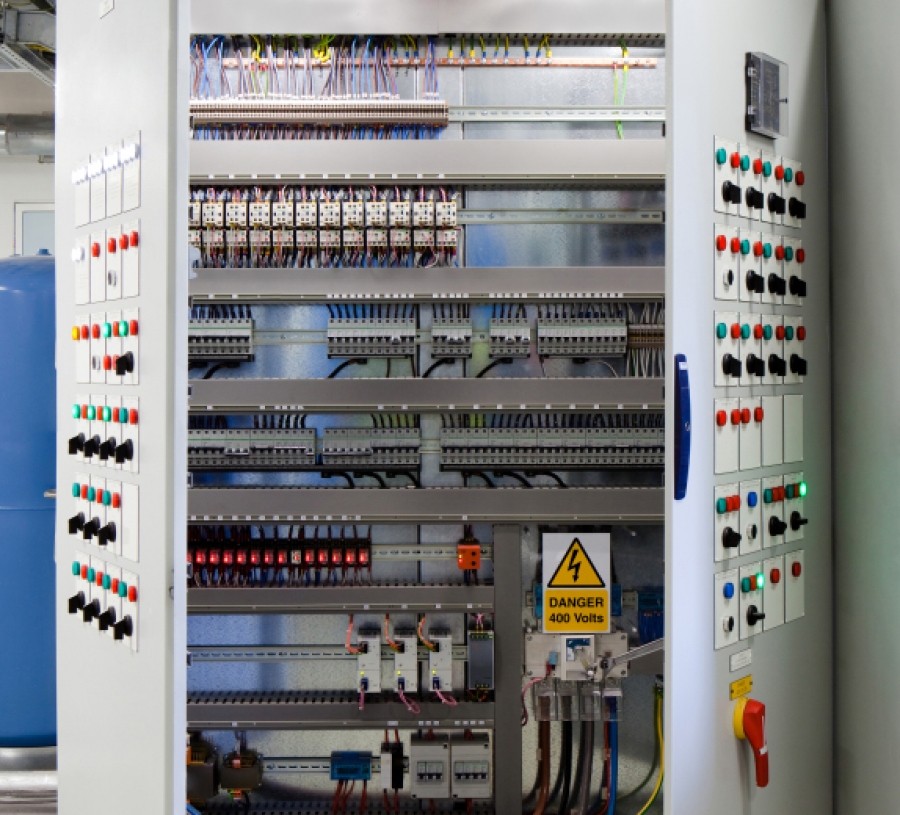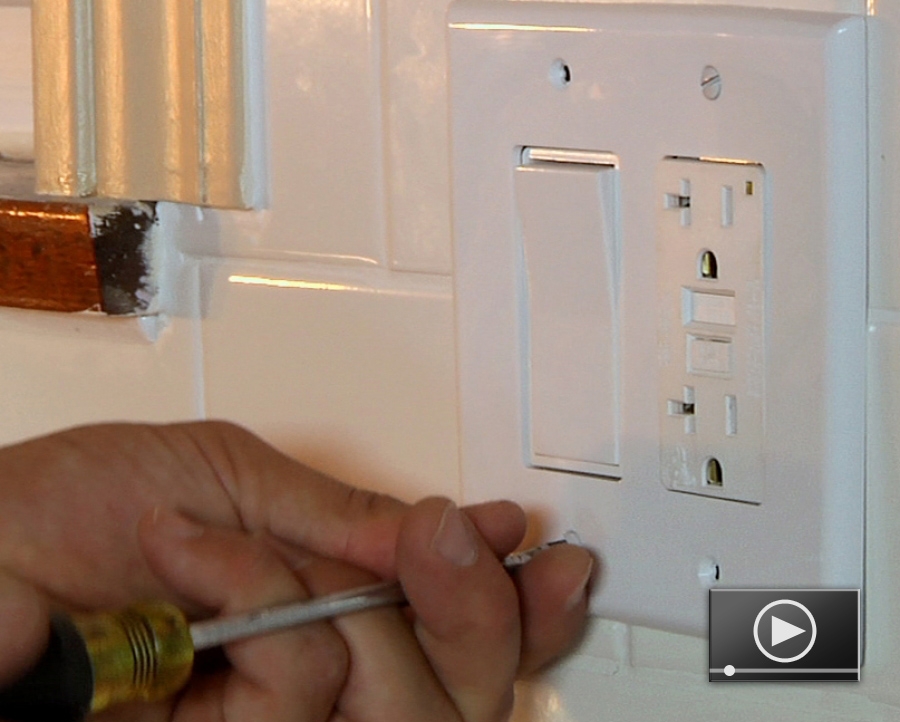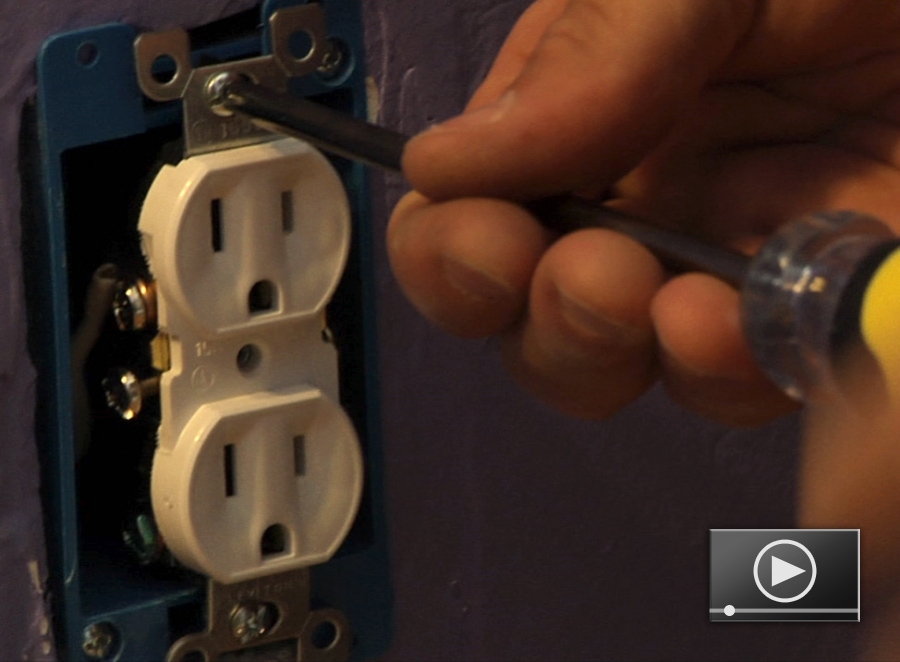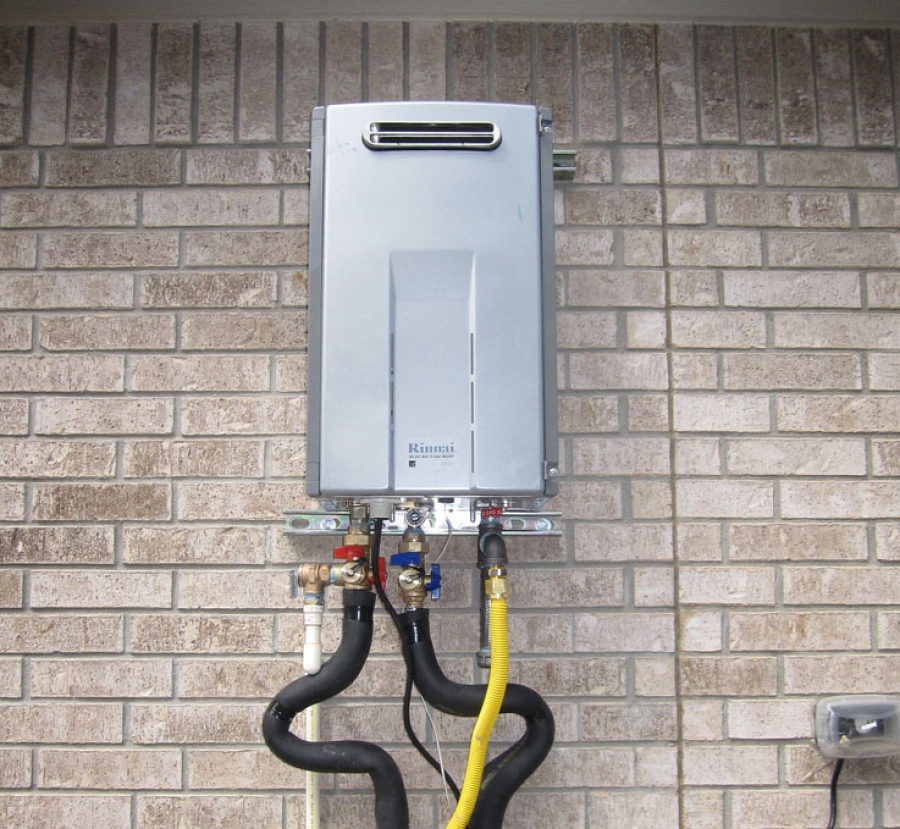Arc Fault Circuit Interrupters
Arc fault circuit interrupters (ACFIs) de-energize circuits when an arc fault is detected, preventing overheating and possible combustion. ACFIs enhance safety in any home and are required for some new construction, varying by state.
Over the past decade or so, a discussion about arc fault circuit interrupters and their required use in residential construction has raged among officials, organizations, corporations, and individuals related to the construction industry. Change can be difficult but “only the wisest and stupidest of men never change," as Confucius said. Change has occurred consistently in residential electrical systems since Thomas Edison unveiled the first electric light on New Year’s Eve, 1879. Knob and tube, cloth-braided, PVC-jacketed, two wire then three wire, fuses then breakers… the list goes on and on. Change happens. Most of that change can be attributed to our steadily increasing understanding of electricity since we were first electrified. With its increasing use in our homes, and the considerations of inhabitants’ safety and the prevention of property damage, it is not surprising that regulations have continued to change. So why do we resist? We should expect change and grow with it, particularly when it is in the interest of our own safety and can prevent the loss of property.

According to the U.S. Fire Administration, “Electrical fires in our homes claim the lives of 310 Americans each year and injure 1,100 more. Some of these fires are caused by electrical system failures, but many more are caused by incorrectly installed wiring and overloaded circuits and extension cords.... During a typical year, home electrical problems account for 28,600 fires and $1.1 billion in property losses. 53% of residential electrical fires involve electrical wiring.” While there are safety measures that are or can be implemented after a fire starts, such as operable smoke alarms, fire extinguishers, escape ladders, and even sprinkler systems, these measures are reactive. Depending on response time, some damage will occur. Arc fault circuit interrupters (AFCIs) offer a preventative safety measure, using advanced technology (compared to yesterday’s circuit breakers). They stop a dangerous electrical condition, arc faulting, from being a potential source of fire in your home.
An arc fault is a luminous flow of electrical current along an unintended path. A great deal of heat is developed by an arc fault. So much heat, in fact, that should an arc fault occur, it has the potential to ignite combustible building materials such as wood or insulation. There are both harmless and harmful arcs. It is highly likely you have witnessed a harmless arc in the past, when you turned off a light switch. When you did so, the mechanical process that took place inside the switch separated the metal contacts from one another. Under the right conditions, the flow of the electrical current jumped from one contact to the other as they were being separated, and a luminous arc – or what is commonly referred to as a spark – occurred. Similarly, harmful arcs occur along overheated, stressed, aged, deteriorated, or otherwise damaged insulated wiring and cords; improperly stapled/nailed cable wiring; and places where a nail or a screw has been accidentally driven or drawn into a wall. It is difficult to visually detect an arc fault, given the fact that residential wire is generally run inside walls, along joists, and inside attics and crawlspaces, where it is impossible to see. As the undetected condition persists for an extended period of time, a high-current or even a low-current level arc fault produces enough heat to create a very hazardous, combustible condition.
An arc fault circuit interrupter (AFCI) is defined by the Underwriters Laboratories (UL) First Edition of the Standard for Safety for Arc-Fault Circuit Interrupters (UL 1699) as “a device intended to mitigate the effects of arcing faults by functioning to de-energize the circuit when an arc-fault is detected.” According to Underwriters Laboratories, there are four permanent AFCI device types (branch/feeder, combination, outlet branch circuit, and outlet circuit) and there are two portable AFCI device types (cord and portable). Depending on when your house was built, your home’s electrical system is protected with fuses or breakers. Branch/feeder and combination type AFCI breakers are compatible with breaker boxes, but not with fuse panels.
Arc fault circuit Interrupters (AFCI) should not be confused with ground fault circuit interrupters (GFCIs); they are two different types of electrical devices. GFCIs protect people from shock hazards by monitoring the flow of current along a circuit. A GFCI will trip when the flow of current is not balanced. AFCIs protect people and property from electrical fires by monitoring circuits for arc faults. An AFCI will trip when it senses an arc along a circuit. Both devices trip to stop the flow of electrical current and mitigate any potential hazard. These devices are available as circuit breakers or outlets.
Developed during the 1990s, arc fault circuit interrupters (AFCIs) were first required by Section 210-12 of the 1999 National Electric Code (NEC) and NFPA 70, as published by the National Fire Protection Association (NFPA). NFPA 70 is a codified, minimum electrical standard for the United States. The following list provides a general overview of the ever changing requirements of Section 210-12, across the various versions of NFPA 70:
-
The 1999 NEC required the branch/feeder type AFCI breakers in new construction, for all 15A and 20A bedroom outlet branch circuits, starting January 1, 2002. Branch/feeder type AFCI breakers function as normal breakers would but also offer short circuit and overload protection and utilize internal electronics to detect parallel arcs that can occur between two wires.
-
The 2002 NEC continued the required use of branch/feeder type AFCI breakers in new construction; however, it expanded their use to all 15A and 20A branch circuits in bedrooms, not just outlet circuits.
-
The 2005 NEC allowed the use of branch/feeder type AFCI breakers until January 1, 2008, at which point combination type AFCI breakers were required in all new construction. Combination type AFCI breakers function as a normal breaker would and offer the same protection as a branch/feeder type but also have the capability to detect series arcing caused by loose connections along a circuit.
-
The 2008 NEC continued to require the use of combination type AFCI breakers in new construction for all 15A and 20A branch circuits that serve bedrooms; however, it expanded to include circuits in the living room, dining room, family room, parlors, libraries, dens, sunrooms, recreation room, closets, hallways, etc. They are not required in bathrooms, kitchens, laundry rooms, unfinished basements, garages, attics, or outdoors.
-
The most recently published 2011 NEC expands required AFCI protection to include both new and currently existing construction, effective January 1, 2014. All 15A and 20A branch circuits that serve the previously defined areas of the home, if they are modified, replaced, or extended, are required to be connected to a combination type AFCI breaker or outlet branch-circuit type AFCI.
It is important to have a general understanding of the different versions of this code, because not all authorities having jurisdiction have adopted the most recent NFPA 70. The authority having jurisdiction is responsible for enforcing compliance of the adopted electrical code. At the time this article was written, 9 states had yet to adopt any version of the NFPA 70, 2 states had adopted the 2005 NEC or some variation of, 27 states had adopted the 2008 NEC or some variation of, and 13 states had adopted the 2011 NEC or some variation of. Depending on where you live, the city, municipal, or state government may have defined their own electrical code or they may have adopted the 2005, 2008, or 2011 NEC with or without amendments and/or exceptions. If you are even considering building a new home, renovating, or adding an addition to your existing home, you should consult with the local authority having jurisdiction to determine what is required for your area.
Keep in mind that if your city, municipality, or state does not require AFCIs, it doesn’t preclude you, a homeowner, from purchasing, installing, and taking advantage of this preventative safety measure in your house, as long as the wiring in your home can support it. Generally speaking, wire with a grounded and ungrounded conductor can be connected to an AFCI breaker. AFCI breakers can be purchased ($30–$40) from an electrical distributor, home improvement center, or a hardware store. The cost of an AFCI breaker is roughly 10 times that of a conventional circuit breaker. That being said, it is a small price to pay to protect your life and the lives of family members, as well as to prevent property loss, in the event of a fire.
AFCI breakers are relatively easy to install, given that there are no special requirements other than proper installation and wiring. You will need an insulated screwdriver, circuit tester, flashlight, and an AFCI breaker that is intended for use with your existing panel. Read and follow the installation instructions provided by the AFCI breaker's manufacturer. For safety reasons it is imperative that you turn off power to the panel at the main breaker prior to removing the electrical panel cover. After the AFCI breaker is installed and the cover is in place, power can be restored and the AFCI breaker can be flipped on. The newly installed device should be tested in accordance with the manufacturer’s recommended procedures. AFCI breakers should also be tested once a month to ensure proper operation.

Jeff Calcamuggio
Jeff is an Editor-at-Large for Buildipedia.com who writes and edits Featured At Home and Knowledgebase content. Prior to joining Buildipedia, Jeff's work experience included carpentry, construction documentation, specification writing, construction administration, project management, and real estate property inspection. Jeff is a member of the Construction Specifications Institute (CSI) and an educator at Columbus State Community College and enjoys challenging DIY home improvement projects.





